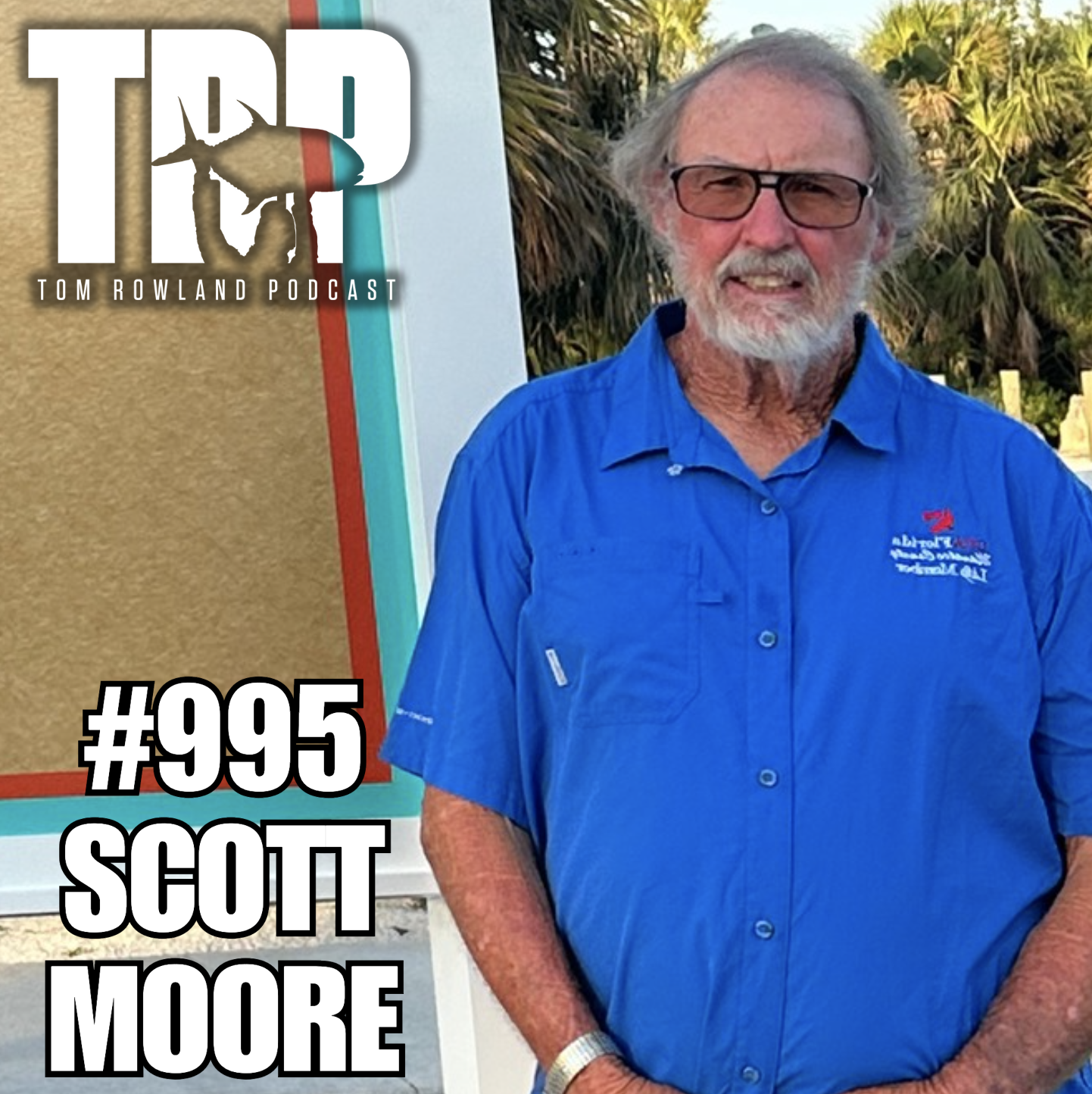How to Set Up Your Anchor For Any Type Of Boat
TOM ROWLAND PODCAST
LISTEN NOW ON ITUNES, PODCASTS, SOUNDCLOUD, SPOTIFY, OR STITCHER!
“A good rule of thumb is that you use about as much chain as the boat is long, so for a 17 foot boat you would use between 12-17 feet of chain.”
Podcast Synopsis
On the How 2 Tuesday I spoke about how to get your anchor set up for pretty much any boat you fish out of. Personally, I fish out of 3 boats - I fish out of a 17-Yellowfin Skiff, 24-Bay-Boat and the 36-Yellowfin-Offshore. The 3 boats, obviously, have different anchoring requirements, different types of bottom, different lengths of line, different amounts of chain and even different types of anchors… The one thing that holds true with any of these is that when I put my anchor down I want it to hold, I don’t want it to slip. When I put my anchor down I also want to be able to get off of the anchor and go chase down a fish. So here is the recipe:
The RECIPE
For any of these boats you want to have an anchor-road-chain that has a length of line on it that is your utility line. That first length of line is going to be about where you generally anchor. So in the Skiff I’m anchoring in shallow channels where it’s too deep for the push-pole or the Power Poles. If I find myself in that situation, then I want to be able to drop an anchor and the skiff is a very light boat. I usually don’t need a very heavy anchor but when I put it down I want it to stick. One rule of thumb is that I'm going to use about as much chain as the boat is long. So for a 17 foot boat I am going to use between 12-17 feet of chain.
With more chain you will be able to get away with a little lighter anchor, but if you really like to stay put - use the regular anchor and use a little more chain than people generally use. I like to use the Bruce Anchor for the skiff which is a plow-style anchor and it will hold me really well in the turtle-grass. A heavy anchor with a lot of chain on a small boat will hold you very well. So I use a small anchor (8-10 pounds) and about 15 feet of chain and, the crucial part, is the anchor line. I want to anchor line to be manageable so that I can get off of it. I want to have an anchor ball (a floating poly-ball) and I want to be able to untie the anchor, leave the ball and go fight the fish.
If I am anchoring in about 20 feet, I will want about 2x that amount of line plus a little bit more. So, I am going to have an anchor line that is 50-60 feet and it will have a clip on the end. And then what I can do with that is I can clip my anchor-ball onto the end. Then in the case that the tarpon takes off and we have to go chase after it, I can have this anchor line off the boat very quickly.
The BAY
Now in the Bay boat - it is a bigger boat and you will be anchoring in some different situations and may find yourself even offshore. In this case you will use the same plow-style anchor and 20-25 feet of chain and finally the utility line (80-100 feet) with a clip on the end. Then I will take another line in my hatch that is 200 feet and then another that is another 100 feet. So what this does is - if I have a 1,000 feet of anchor line in my boat and I hook a tarpon, then I have to either pull the anchor, or I have to get all the anchor line out of the boat. So you want the line in sections where it isn’t knotted, you want it spliced so you have a smooth connection. That comes into play when you start using the anchor ball retriever (a ring with a poly-ball on a small piece of line and you put that over the anchor-line and pull the anchor up to the surface).
The 36
The same holds true on the 36 - you want 30-36 feet of chain, you have several types of anchors: a Danforth, fluke style anchor, a rock anchor and the plow-style anchor. All of them work well and you chose them depending on the bottom. Most anglers I know have two styles of anchors with them, usually a rock-anchor and one of the other ones. The plow-style anchor is still my favorite - and you want to make sure that these anchors are attached how they should be: For most anchors you can attache the chain right to the top or at the bottom. There is another place where it looks like it should attach at the top but that is for quick release where you use monofilament or strong nylon string and you tie it up. So what happens is its a breakaway, so that when you get your anchor stuck, as you’re pulling you break that away and then you end up pulling the anchor from the bottom straight out it the way it came in. Just the same way you get a fishhook out of your finger.
There is a lot to anchoring, even more than I thought about when I started this podcast. Other things to consider in the future that we will touch on later are different kinds of anchors, kinds of chain, and line and different situations that might require more specific lengths or types of anchors. But you do need to think about what type of anchor is best for the area that you are fishing in. I don’t mind pulling a little heavier anchor, if it means that I can make sure that I rarely slip.
Please let me know any questions that you have or anything you’d like to hear me talk about in the future, just email me at podcast@saltwaterexperience.com
This episode was brought to you by WaypointTV. More than 2000 episodes of the best Hunting and Fishing shows and short films are available for free on any device. Check out http://waypointtv.com and follow them on their great Instagram accounts:
See you on the water,
-Tom Rowland











